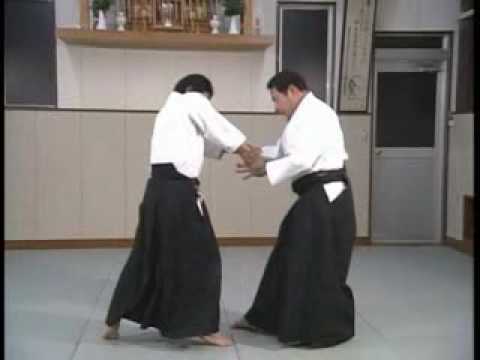The Heritage of Daitō-Ryū
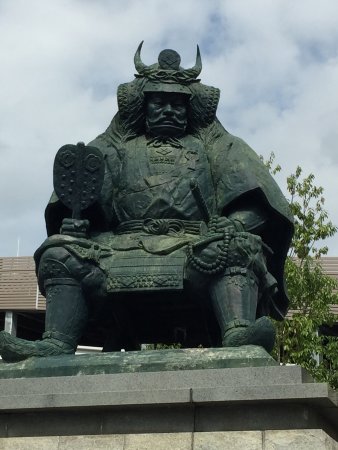 The
art of Daito-Ryū
continued to be transmitted within the Takeda family
together with the time-honored family banner and armor.
During the
The
art of Daito-Ryū
continued to be transmitted within the Takeda family
together with the time-honored family banner and armor.
During the
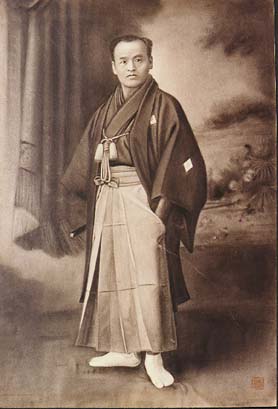 Hoshina Masayuki also
mastered the Ono-Ha Ittō-Ryū
school of swordsmanship, having studied under Ono
Tadatsune, and transmitted both arts, Ono-Ha Ittō-Ryū
and Daito-Ryu to the succeeding lords of the Aizu
domain. The Takeda family bloodline continued from
Takeda Kunitsugu to Takeda Chikara, Takeda Nobutsugu,
and after another four generations was inherited by
Takeda Soemon (1758—1853). Soemon's firstborn son, Takeda Sōkichi
(1819-1906), inherited a piece of cultivated land that
had been passed down through his family. He practiced
sumo, kenjutsu (sword), bōjutsu (long staff)
and Daitō-Ryū.
Sōkichi also ran a local elementary temple school (terakoya)
and taught budō in a dōjō on his
property. He was known for his courageous participation
in the Battle of Hamagurimon (Kimmon) in
Hoshina Masayuki also
mastered the Ono-Ha Ittō-Ryū
school of swordsmanship, having studied under Ono
Tadatsune, and transmitted both arts, Ono-Ha Ittō-Ryū
and Daito-Ryu to the succeeding lords of the Aizu
domain. The Takeda family bloodline continued from
Takeda Kunitsugu to Takeda Chikara, Takeda Nobutsugu,
and after another four generations was inherited by
Takeda Soemon (1758—1853). Soemon's firstborn son, Takeda Sōkichi
(1819-1906), inherited a piece of cultivated land that
had been passed down through his family. He practiced
sumo, kenjutsu (sword), bōjutsu (long staff)
and Daitō-Ryū.
Sōkichi also ran a local elementary temple school (terakoya)
and taught budō in a dōjō on his
property. He was known for his courageous participation
in the Battle of Hamagurimon (Kimmon) in
The samurai were officially abolished in 1868 and subsequently stripped of their right to wear katana in public. In 1871 all Japanese daimyō were ordered to vacate their castles, making a system of budō designed to defend castle occupants against armed samurai and ninja no longer necessary. Without bodyguards and retainers to teach and train, Takeda Sōkichi and his son, Takeda Sōkaku,(1859—1943) began teaching Daitō-Ryū to members of the public in the late 19th century, and the art was released from the bonds of secrecy.


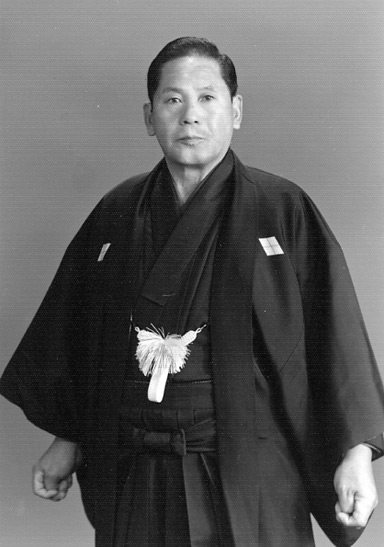
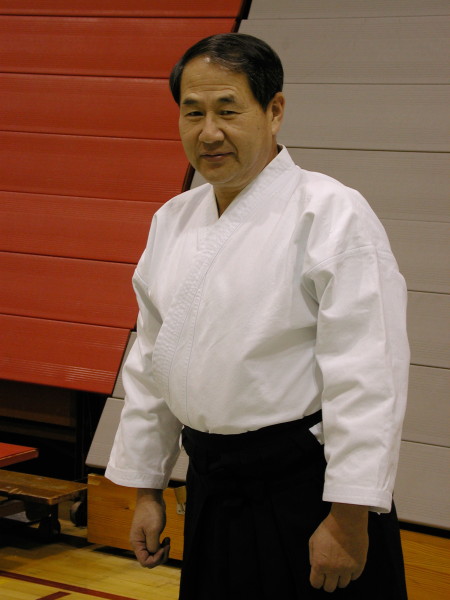 Kondō Sensei has not only traveled
extensively throughout the world promoting
Kondō Sensei has not only traveled
extensively throughout the world promoting
